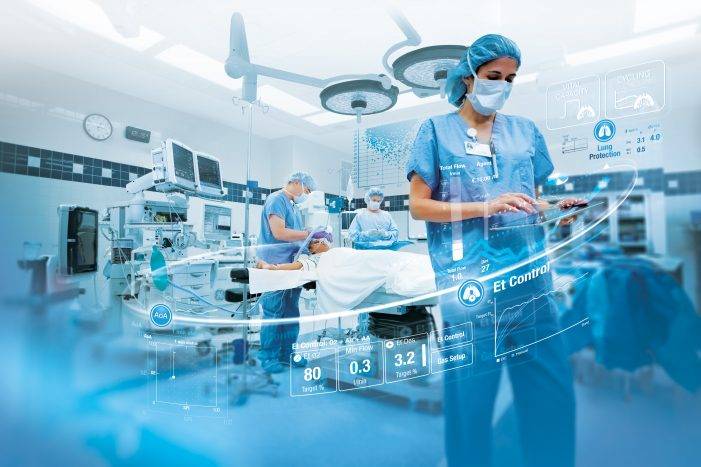Credits – www.3dprintingindustry.com
Under a research agreement, GE Healthcare will provide the VA with software and workstations in return for feedback on the technology. With approximately 9 million patients such input is expected to, “inform future research, development and scalability of 3D printing applications in healthcare.”
Beth Ripley, MD, PhD, VA Puget Sound radiologist, VA Innovation Specialist and VHA 3D Printing Advisory Committee chair said, “The Veterans Health Administration has been on the forefront of bringing 3D printing to the bedside, and we are thrilled to join forces with GE Healthcare to enhance and accelerate its adoption,”
“For most radiologists, 3D images are limited to reconstructions on a computer screen. By harnessing the power of 3D printing with a rich data set, we are able to pull images out of the screen and into our hands, allowing us to interact with the data in a deeper way to fuel innovative, personalized care based on the unique needs of each of our patients.”
Terri Bresenham, Chief Innovation Officer for GE Healthcare stated, “We are delighted to partner with the Veterans Administration to accelerate 3D printing in healthcare,”
“This partnership will result in significant innovation for the growing application of additive manufacturing in medicine while advancing GE Healthcare toward its mission to improve patient outcomes and enable precision healthcare.”
Medical practitioners with specialisms in cardiology, oncology, orthopaedics and other areas will have access to the GE technology and software and aim “to develop new 3D imaging approaches and techniques to deliver improved precision healthcare for our nation’s veterans,” according to GE. Specifcially it is anticipated that the GE software will, “reduce the time it takes to create 3D models from hours to minutes.”[/vc_column_text][vc_column_text]DICOM data and 3D printing
Creating CAD models from medical image data can be a laborious process requiring specialist workers. For example, the 3D Systems Healthcare Technology Center in Littleton, CO. has a large number of experts engaged in this activity using software tools such as ZBrush to produce 3D printable models.
Other solutions for converting the standard DICOM data into a format suitable for use in a 3D printing workflow include Mimics inPrint from Materialise. Recently a partnership between Materialise and Siemens Healthineers was announced that will make this tool more widely available to those working with medical imaging techniques including CT and MRI.
The VA has been an enthusiastic adopter of medical 3D printing. Earlier this year, Stratasys announced it would be installing 3D printers at five Veterans Affairs (VA) hospitals including the Puget Sound facility.
The AM Chronicle Editorial Team is a collective of passionate individuals committed to delivering insightful, accurate and engaging stories to additive manufacturing audiences worldwide.



